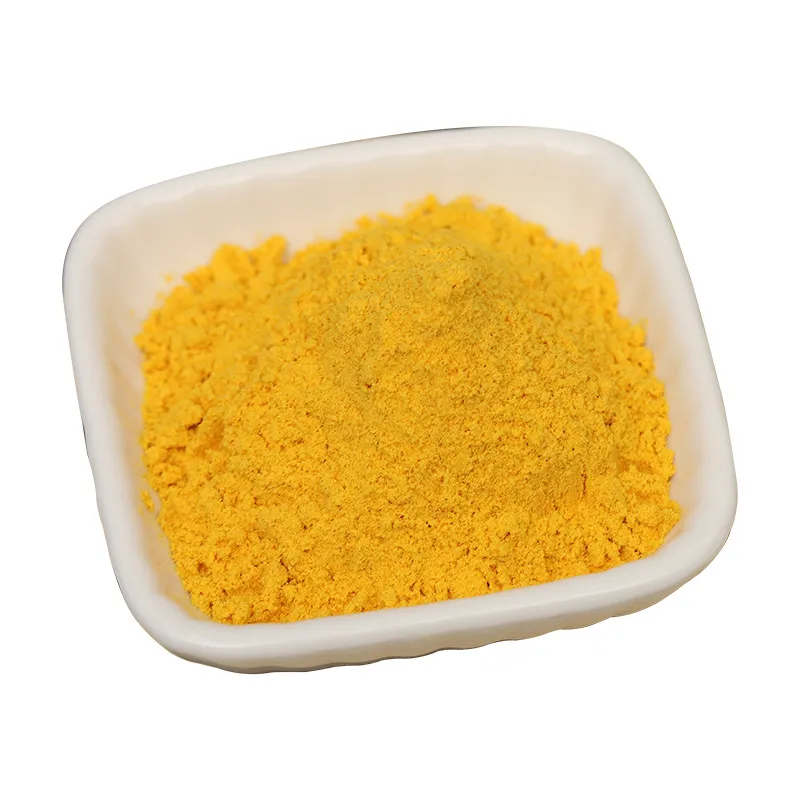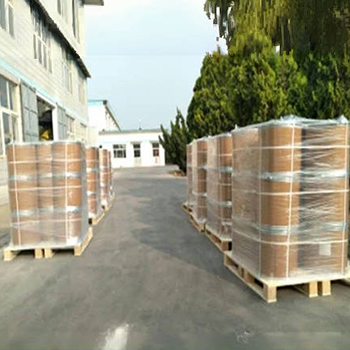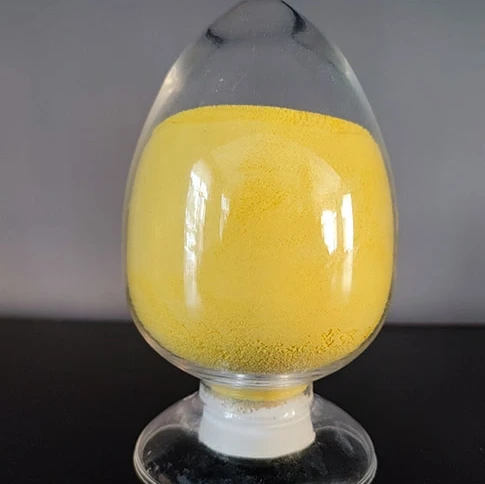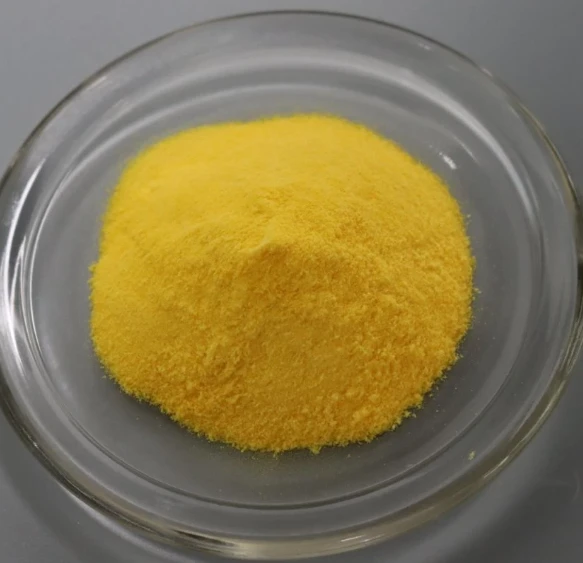Warning: Undefined array key "file" in /home/www/wwwroot/HTML/www.exportstart.com/wp-content/themes/1198/header.php on line 7
Warning: Undefined array key "title" in /home/www/wwwroot/HTML/www.exportstart.com/wp-content/themes/1198/header.php on line 7
Warning: Undefined array key "title" in /home/www/wwwroot/HTML/www.exportstart.com/wp-content/themes/1198/header.php on line 7
- efrîkanî
- Albanî
- Amharîkî
- Erebî
- Ermenî
- Azerî
- Baskî
- Belarûsî
- Bengalî
- Bosnayî
- Bûlgarî
- Katalanî
- Cebuano
- çîn
- Çîn (Taywan)
- Korsîkayî
- Xirwatî
- Çekî
- Danîmarkî
- Holandî
- Îngilîzî
- Esperanto
- Estonî
- Fînlandî
- Fransî
- frîzî
- Galîsyayî
- Gurcî
- Almanî
- Yewnanî
- Gujaratî
- Kreoliya Haîtiyî
- Hausa
- Hawaiyî
- Îbranî
- Nexêr
- Miao
- Macarî
- Îzlandî
- igbo
- Îndonezî
- Irlandî
- Îtalî
- Japonî
- Javanesî
- Kanadayî
- Qazakî
- Khmer
- Rwandan
- Koreyî
- Kurdî
- Qirgizî
- TB
- Latînî
- Letonî
- Lîtvanyayî
- Luksembûrgî
- Makedonî
- Malgashi
- Malayî
- Malayalamî
- Maltezî
- Maorîyî
- Maratî
- Moxolî
- Mîyanmar
- Nepalî
- Norwêcî
- Norwêcî
- Occitan
- Peştûyî
- Farsî
- Polandî
- Portekizî
- Pencabî
- Romanyayî
- Rûsî
- Samoan
- Scottish Gaelic
- Sirbî
- Îngilîzî
- Shona
- Sindî
- Sinhala
- Slovakî
- Slovenî
- Somalîkî
- Îspanyolî
- Sundanese
- Swahîlîyî
- Swêdî
- Tagalogî
- Tajik
- Tamîlî
- Tatar
- Teluguyî
- Thayîkî
- Tirkî
- Tirkmenî
- Ûkraynî
- Ûrdûyî
- Uyghur
- Ozbekî
- Vîetnamî
- Galerkî
- Alîkarî
- Yîddîşî
- Yorûbayî
- Zulu
Rutin
Rutin is the rutin glycoside of the flavonol compound quercetin. It is a flavonoid compound extracted from plants. It exists in ruta, tartary buckwheat, locust buds, catalpa leaves, tomato stems, leaves and seed shells, etc., and will bloom. The dry buckwheat at the time contains about 3%. Jujube, hawthorn, ginkgo, wolfberry, motherwort, Bupleurum, Prunella, aloe, Gynostemma, etc. all contain rutin. In the flower buds of Sophorajaponica L., the leguminous plant (Sophorajaponica L.), the content can reach more than 20%, which is the main raw material for the extraction of rutin in my country's pharmaceutical industry. Rutin can be decomposed with water when it meets strong acidity and alkalinity. It is unstable in color in alkaline food and has antioxidant capacity. In ethanol, it can improve the light resistance of pigment preparations and prevent the gradual disappearance or change of fragrance. Combined with vitamin E, etc., it can improve its antioxidant capacity.




1. Applied in pharmaceutical field. it is usually made into tablets, capsule and granule to warm the kidney, strengthen the spleen and enhance human immunity.
2. Applied in food field. commonly known as vitamin P, it is mainly used in kinds of beverage, liquor and foods to enhance human immunity and anti-aging, often used as a food additive;
3. Applied in cosmetic field. beacause Rutin is very good at antioxidant ,It has an anti-aging effect, it widely used in cosmetic.
1. Rutin is a vitamin used for medical, have reduced the role of capillary permeability and fragility, maintain and restore the normal elasticity of capillaries;
2. Rutin is used to control high blood pressure stroke; diabetic retinal hemorrhage also used as a food antioxidant and pigment;
3. As a supplement used to treat poor blood circulation, hemorrhoids, and varicose veins or skin bruising;
4. Enhancing the absorption of Vitamin C, helps relieve pain, bumps and bruises, has an antibacterial effect, promotes circulation, stimulates bile production.
Me gelek kargehên kalîteya bilind bi hevkariyek kûr heye, ku dikarin ji we re hilberên kalîteya bilind û bihayên reqabetê peyda bikin. Û em dikarin ji bo kirînên mezin erzanan jî bidin. Û em bi gelek pargîdaniyên barkêş ên profesyonel re hevkariyê dikin, dikarin hilberan bi ewlehî û bi aramî radestî destên we bikin. Dema radestkirinê piştî pejirandina dravdanê 3-20 rojan e.




| TEST | EP8 | Encamên | Test Method |
| Xuyabûnî | Light greenish yellow powder | Lihev dike | Visual |
| Nasname | B.IR absorbance | Matching | IR |
| A.UV absorbance | Matching | UV | |
| C.TLC Examination | Matching | TLC | |
| D.Color reaction with Zn | Matching | Visual | |
| Particle size | 95% pass through sieve 80mesh | Lihev dike | US Screen |
| Residual solvents | ≤2.0% | 0.06% | HPGC |
| Light absorbing impurities | Abs≤0.10 between 450-480nm | 0.05 | UV |
| Susbtance insoluble in methano | ≤3.0% | 0.80% | CP2010 |
| Impurity | |||
| A.Isoquercetin | ≤2.0% | 0.41% | HPLC |
| B.Kaempferol3-Rutinoside | ≤2.0% | 1.45% | HPLC |
| C.Quercetin | ≤2.0% | 0.04% | HPLC |
| Total Impurity | ≤4.0% | 3.31% | HPLC |
| Bulk density | ≥0.30gm/cc | 0.37gm/cc | CP2010 |
| Tapped density | ≥0.50gm/cc | 0.56gm/cc | CP2010 |
| Residual Solvents Methano | ≤0.3% | <0.3%<> | GC |
| Heavy metals | ≤10ppm | <10ppm<> | Visual Colorimetry |
| -Arsenic | ≤1ppm | <1ppm<> | AAS |
| -Mercury | ≤0.1ppm | <0.1ppm<> | AAS |
| -Cadmium | ≤1ppm | <1ppm<> | AAS |
| -Lead | ≤3ppm | <3ppm<> | AAS |
| Xwelî | ≤0.10% | 0.08% | CP2010 |
| Loss on drying | 7.5%-9.5% | 8.60% | 105ºC/3h |
| Assay(on dry basis) | 95.0%-101.0% | 99.94% | UV |
| Microbiological test: | |||
| Total plate count | ≤1000cfu/g | 100cfu/g | AOAC966.23 |
| Mildew&Yeast | ≤100cfu/g | 20cfu/g | FDABAM8th |
| E.Coli | Nebaş | Nebaş | FDABAM8th |
| Salmonella | Nebaş | Nebaş | FDABAM8th |
| Coliforms | ≤10cfu/g | <10cfu> | AOAC911.14 |
| Enterobacteria | Nebaş | Nebaş | FDABAM8th |
| Resticide Screen | Meets the requirements of EP 8. | ||
| GMO/BSE Status | Not genetically modified organism .Free of BSE | ||
| Storage | Store in tight containers,in a cool dry area. | ||
Rutin is a plant pigment (flavonoid) that is found in certain fruits and vegetables. Rutin is used to make medicine. The major sources of rutin for medical use include buckwheat, Japanese pagoda tree, and Eucalyptus macrorhyncha. Other sources of rutin include the leaves of several species of eucalyptus, lime tree flowers, elder flowers, hawthorn leaves and flowers, rue, St. John's Wort, Ginkgo biloba, apples, and other fruits and vegetables.Some people believe that rutin can strengthen blood vessels, so they use it for varicose veins, internal bleeding, hemorrhoids, and to prevent strokes due to broken veins or arteries (hemorrhagic strokes).
1.Rutin may modulate the respiratory burst of neutrophils;
2.Rutin is a phenolic antioxidant and has been demonstrated to scavenge superoxide radicals;
3.Rutin can promotes circulation, stimulate bile production, help to lower blood cholesterol,and prevent cataracts;
4.Rutin is a bioflavonoid. It can enhance the absorption of Vitamin C; help to relieve pain, bumps and bruises and has an antibacterial effect;
5.Rutin can chelate metal ions, such as ferrous cations. Ferrous cations are involved in the so-called Fenton reaction, which generates reactive oxygen species.

1. Ma hûn kargehek an pargîdaniyek bazirganî ne?
Em pargîdaniyek in ku pîşesazî û bazirganiyê entegre dike, karûbarê yek-stop peyda dike. OEM dikare were pejirandin.
2. Ma hûn nimûne pêşkêş dikin? Ew belaş an zêde ye?
Nimûneyên belaş. Pêdivî ye ku heqê barkirina nimûneyê ji hêla we ve were dayîn.
3. Hûn belgeyên ku bi kontrola kalîteyê ve girêdayî ne?
Sertîfîkaya ISO 9001: 2008 ji bo misogerkirina kalîteyê.
4. Divê ez çi peyda bikim da ku jêderkek bistînim?
Ji kerema xwe celebê hilberê ku hûn hewce ne, hêjmara fermanê, navnîşan û hewcedariyên taybetî me agahdar bikin. Dê di wextê de ji bo referansa we veqetandin were çêkirin.
5. Hûn rêbazek dravdanê çawa tercîh dikin? Mercên çawa têne qebûl kirin?
Mercên Radestkirina Pejirandî: FOB, CFR, CIF, EXW;
Pereyê Tezmînata Qebûlkirî:USD;
Tîpa dravdana pejirandî: T/T, Yekîtiya Rojavayî; Paypal, Ewlekariya Bazirganî.
Zimanê axaftinê: Îngilîzî.
Kategoriyên hilberan
-
 Apr . 27, 2025Zibo will host the 2025 International Chemical ExpoZibo, a city known for its thriving chemical industry, will host the 2025 Zibo International Chemical Expo from May 16 to May 18, 2025. This highly anticipated event aims to bring together industry leaders, innovators and stakeholders from around the world to explore the latest advancements and trends in the chemical industry.
Apr . 27, 2025Zibo will host the 2025 International Chemical ExpoZibo, a city known for its thriving chemical industry, will host the 2025 Zibo International Chemical Expo from May 16 to May 18, 2025. This highly anticipated event aims to bring together industry leaders, innovators and stakeholders from around the world to explore the latest advancements and trends in the chemical industry. -
 Apr . 22, 20252025 Yokohama Cosmetics Raw Materials and Technology ExhibitionYOKOHAMA, Japan – The City of Yokohama is preparing to host the much-anticipated Cosmetics Ingredients & Technologies 2025 from May 14 to May 16, 2025. The premier event is expected to attract industry professionals, innovators and enthusiasts from around the world to showcase the latest advancements in cosmetic ingredients and technologies.
Apr . 22, 20252025 Yokohama Cosmetics Raw Materials and Technology ExhibitionYOKOHAMA, Japan – The City of Yokohama is preparing to host the much-anticipated Cosmetics Ingredients & Technologies 2025 from May 14 to May 16, 2025. The premier event is expected to attract industry professionals, innovators and enthusiasts from around the world to showcase the latest advancements in cosmetic ingredients and technologies. -
 Apr . 18, 20252025 India Mumbai Fine Chemicals ExhibitionMUMBAI, India – The bustling metropolis of Mumbai is gearing up to host the much-anticipated Fine Chemicals Expo on April 29-30, 2025. The premier event is expected to attract industry leaders, innovators and stakeholders from across the world to showcase the latest advancements in the fine chemicals sector.
Apr . 18, 20252025 India Mumbai Fine Chemicals ExhibitionMUMBAI, India – The bustling metropolis of Mumbai is gearing up to host the much-anticipated Fine Chemicals Expo on April 29-30, 2025. The premier event is expected to attract industry leaders, innovators and stakeholders from across the world to showcase the latest advancements in the fine chemicals sector.














